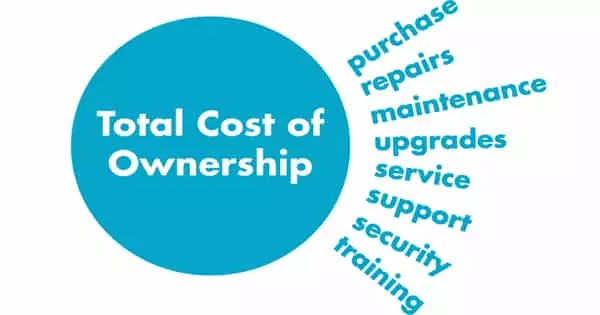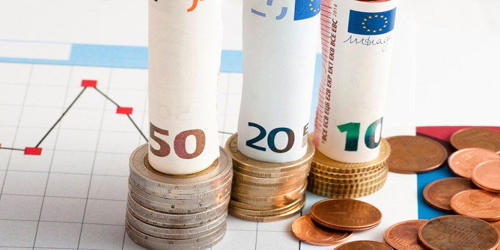Share and Value of Shares
To establish a big business organisations (company or industry), a large number of money is required. It is sometime not possible for an individual to invest such a big amount. The sum of money required is called capital. Certain business organizations are allowed to raise money from the members of the public. In US, such an organization needs to registered under the US Companies Act. Such an organization is called public limited company, which we shall call a company in short.
Some persons, interested in the company/business, join together and form a company/business. They divided the estimated money required into small equal parts and each part is called a share.
A share may have value $ 5,$ 10, $ 25, $ 50, $ 100 etc. A person who purchases one or more shares of the company becomes a shareholder of the company.

Nominal value (N.V.) or face value (F.V.): The original value of a share printed in the certificate of the share is called its nominal value (abbreviated N.V.) or face value (abbreviated F.V.) or per value. The face value or nominal value of a share always remains same.
Market value (M.V.): The price at which the share is sold or purchased in the capital market through stock exchanges is called its market value (abbreviated M.V.) or case value. The market value of a share changes from time to time. Market value can fluctuate a great deal over periods of time, and is substantially influenced by the business cycle. Market values plunge during the bear markets that accompany recessions, and rise during the bull markets that are a feature of economic expansion.
At par: If the market value of a share is the same as its nominal value, the share is called at par.
At premium or above par: The share of a company that is doing well or expected to do well is sold in the market at a price higher than its nominal value (N.V.). In such a situation, we say the share is at a premium or above per. For example, if a share of face value of $ 50 is selling at $ 76, then it is said to be selling at a premium of $ 26 or at $ 26 above par.
At discount or below par: The share of a company that is doing poorly or may do poorly is the future is sold in the market at a price lower than its nominal value (N.V.). In such a situation, we say the share is at a discount or below par. For example, , if a share of face value of $ 50 is selling at $ 36, then it is said to be selling at a discount of $ 14 or at $ 14 below par.
Information Source:
















